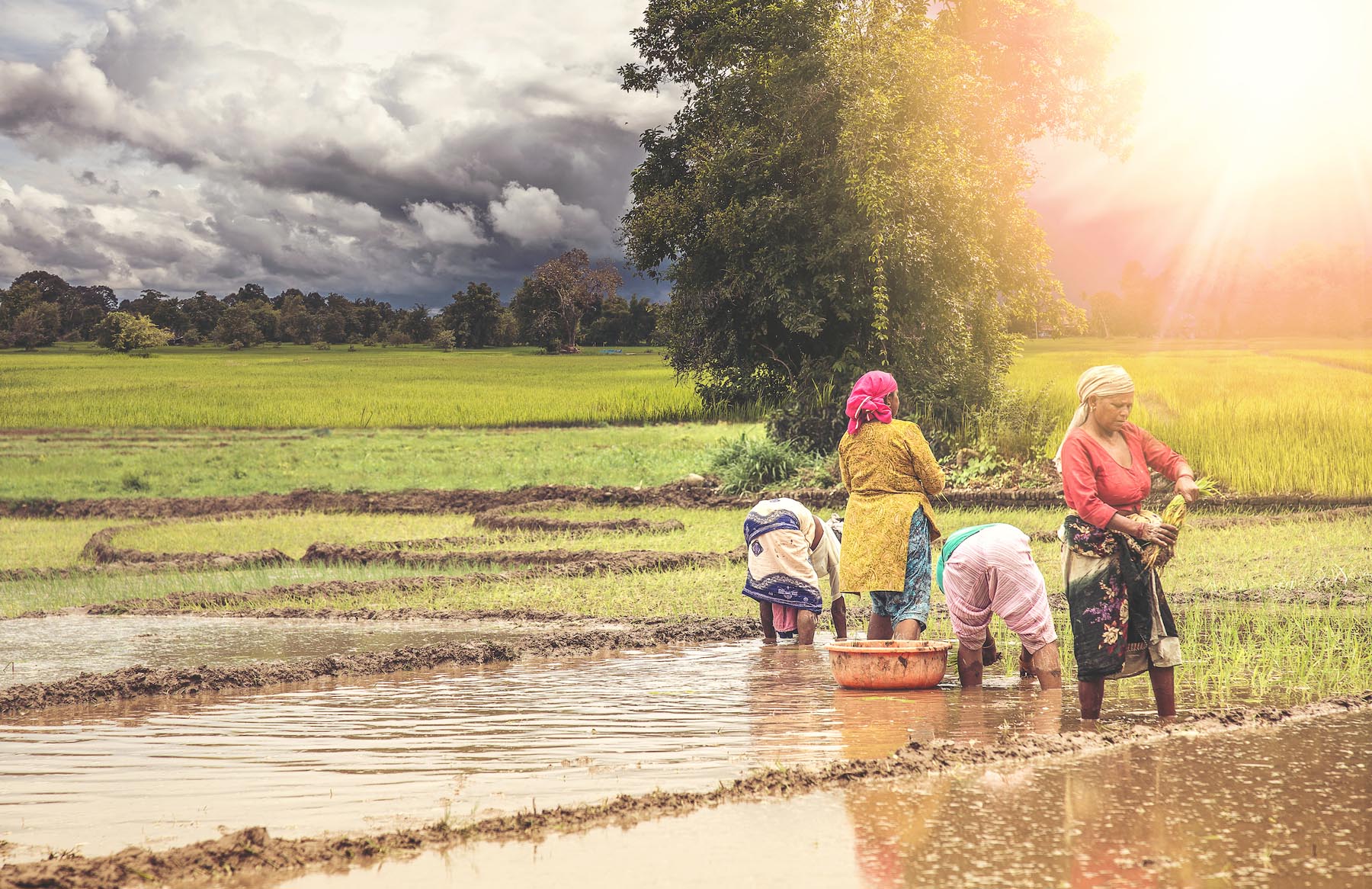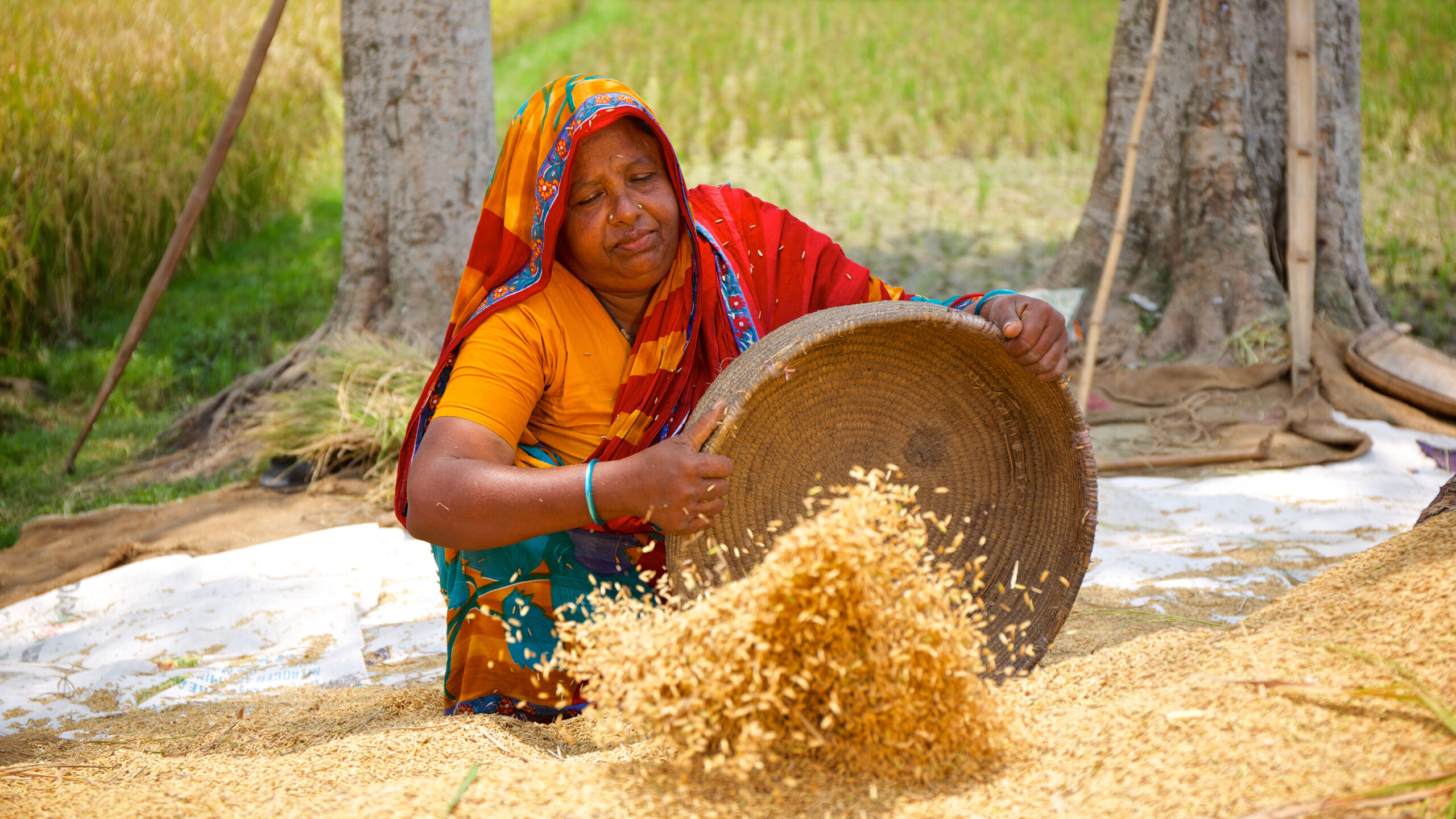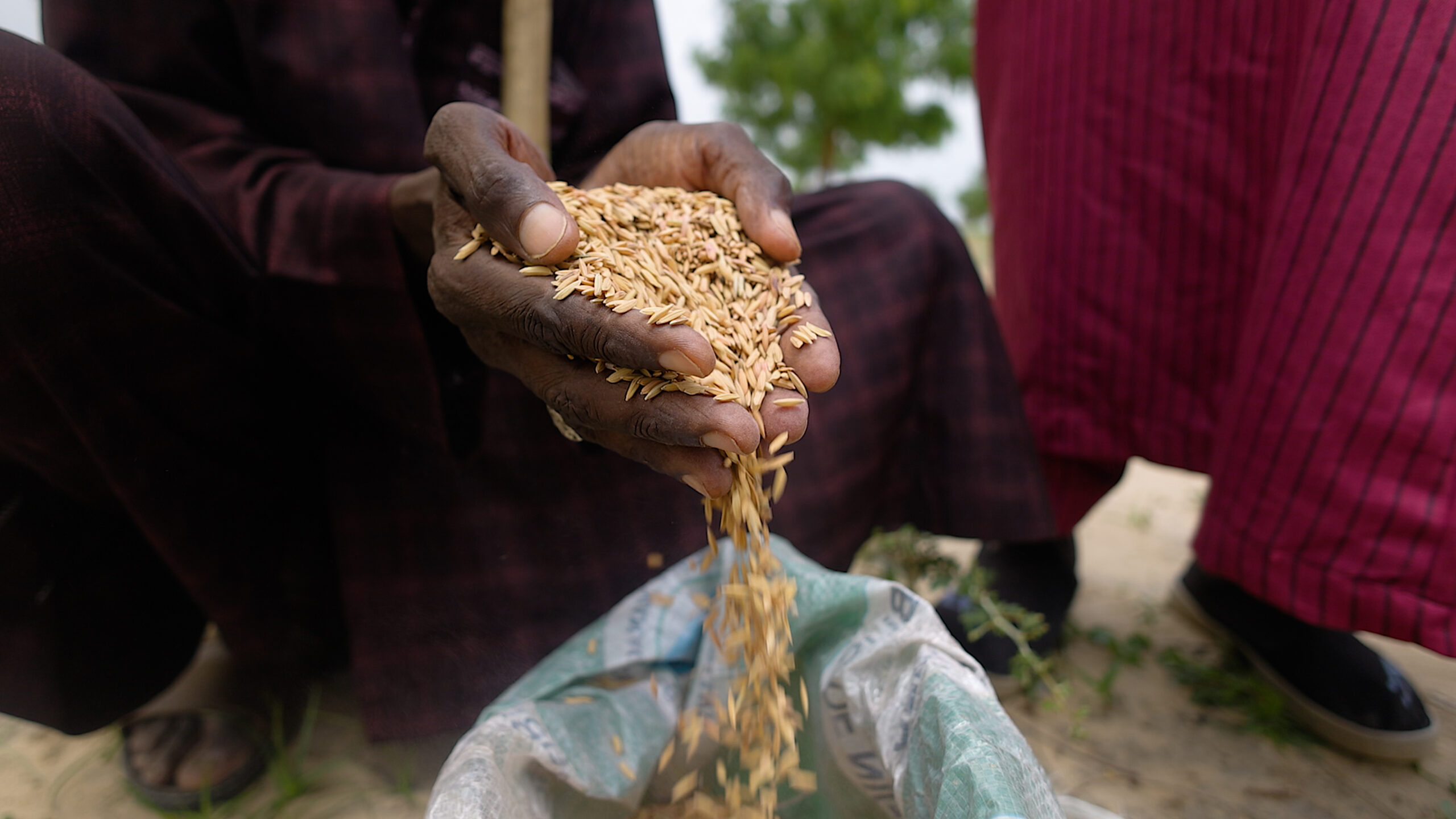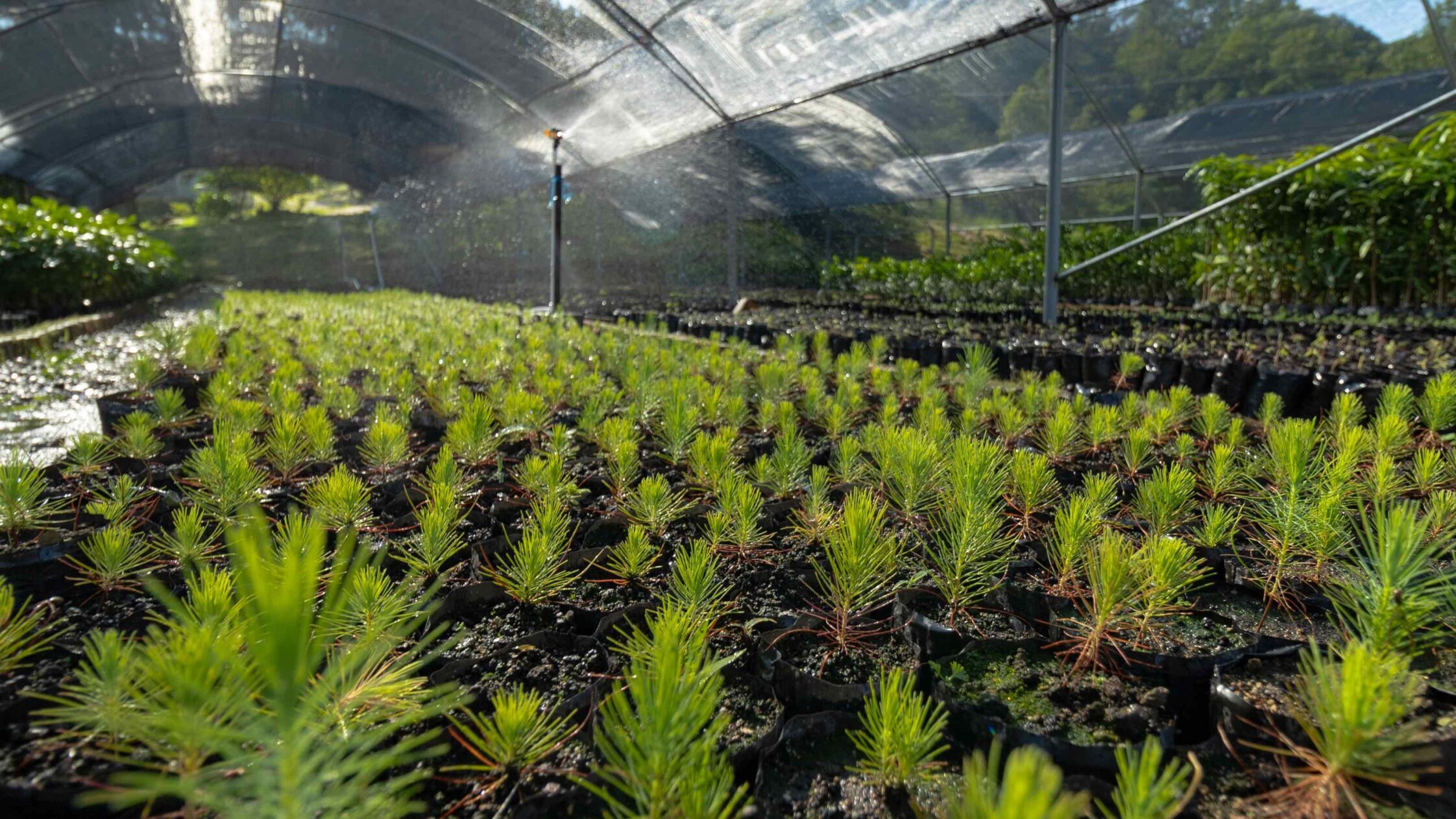The “nano” revolution—a scientific movement that involves measuring and manipulating matter at the atomic, molecular, and supramolecular levels at extremely small scales–is only just beginning, but there is already powerful evidence that the application of nanotechnology to agriculture, food, and water can greatly benefit the poor. Though it is still difficult to gauge the future importance of nanotech, most observers believe that the “technology of the small” is bound to have a gigantic effect on agriculture and other industries—as long as associated risks can be managed.
Continuing its work on this subject, IFPRI recently released a discussion paper that analyzes the potential opportunities and challenges of using nanotech applications in food and agriculture in developing countries, reviews some of the main challenges to their deployment and adoption by the poor, and suggests the role that the Consultative Group on International Agriculture Research (CGIAR) can play in facilitating the poor’s access to beneficial nanotechnologies.
Current nanotech research offers a glimpse of nanotechnology applications that could impact agricultural, food, and water safety to the benefit of rural populations in developing countries. Indeed, several developing countries have already invested in nanotechnology’s potential: India included agricultural productivity as one of its main focuses for public research in nanotechnology and Iran launched a 35-lab research program on nanofood applications.
However, agricultural and food nanotechnologies—especially those that could lead to reduced poverty or food insecurity—are bound to face challenges along the path toward commercialization and widespread use by the rural poor. Nanotechnology’s success in helping the poor will thus largely depend on whether public research institutions, technology developers, national governments, and international donors are able to address these issues in the coming years.
For more insight into these issues, download “Agricultural, food, and water nanotechnologies for the poor: Opportunities, constraints, and role of the consultative group on international agricultural research” here.







